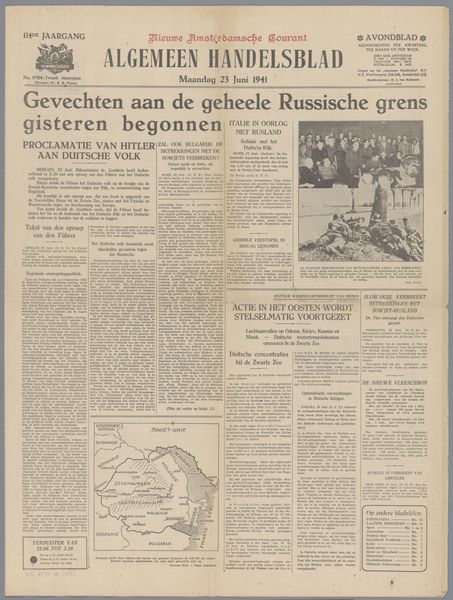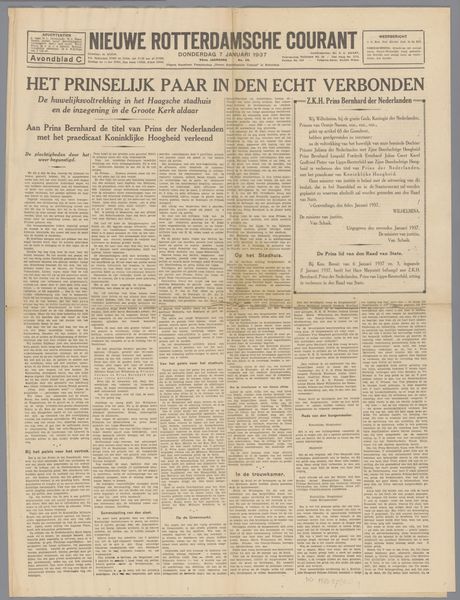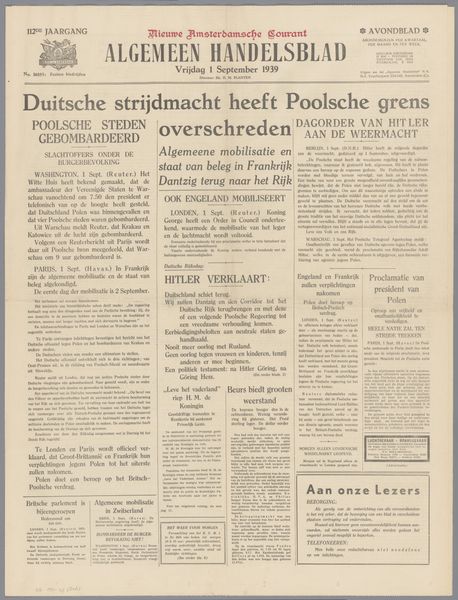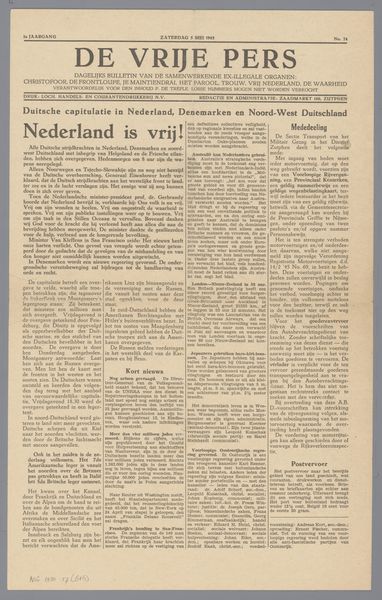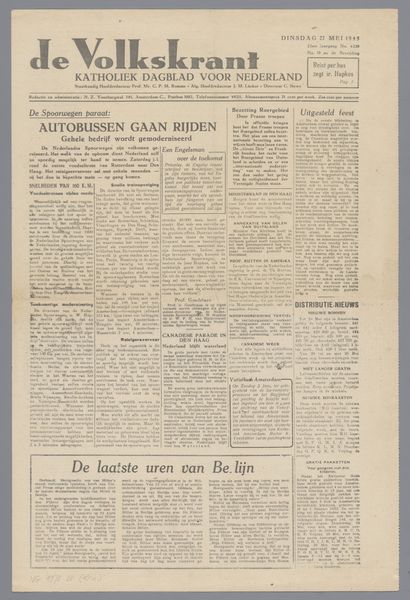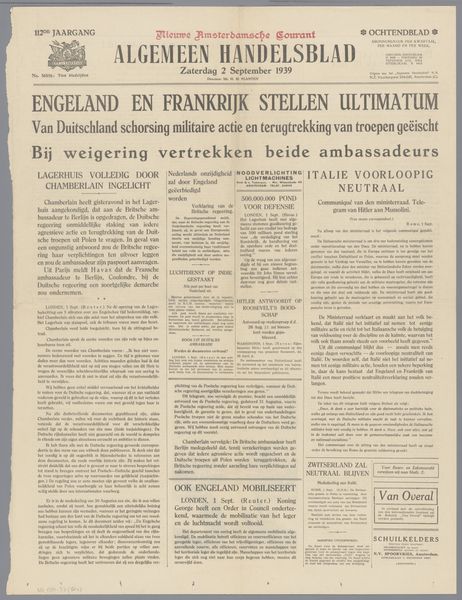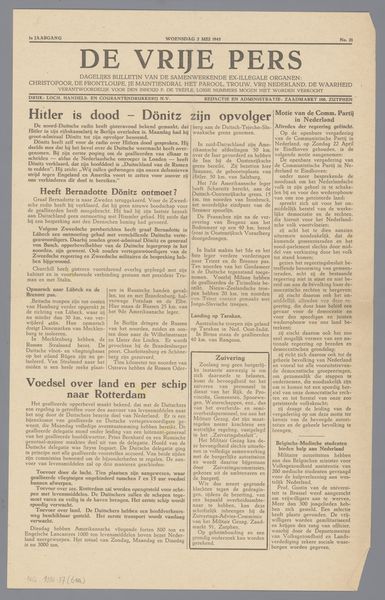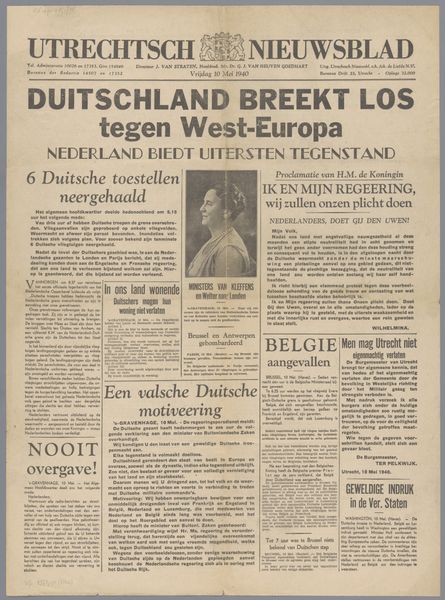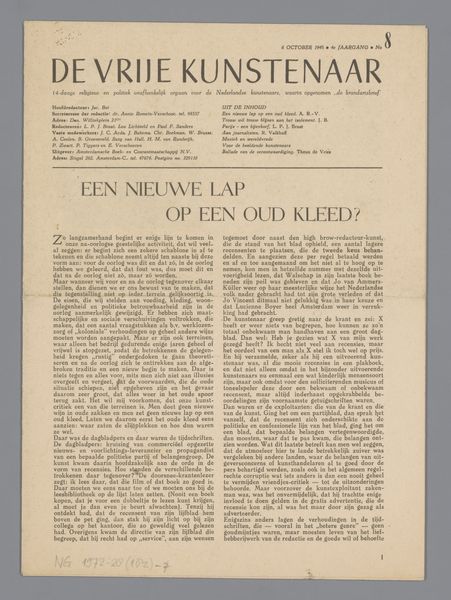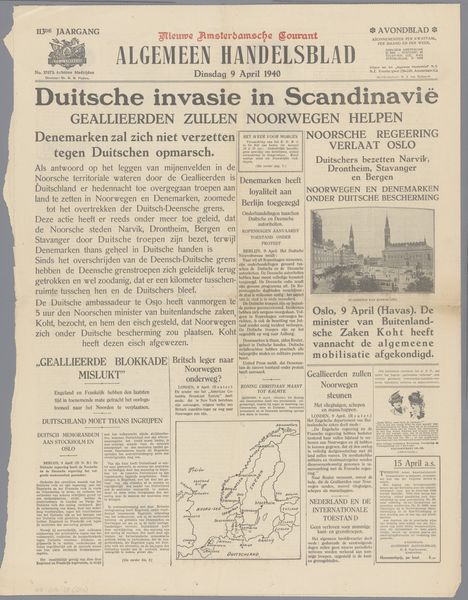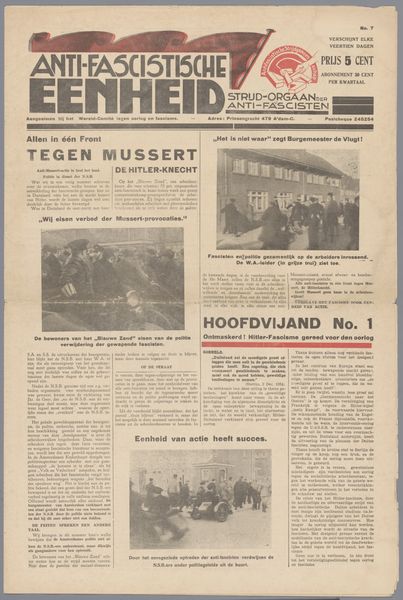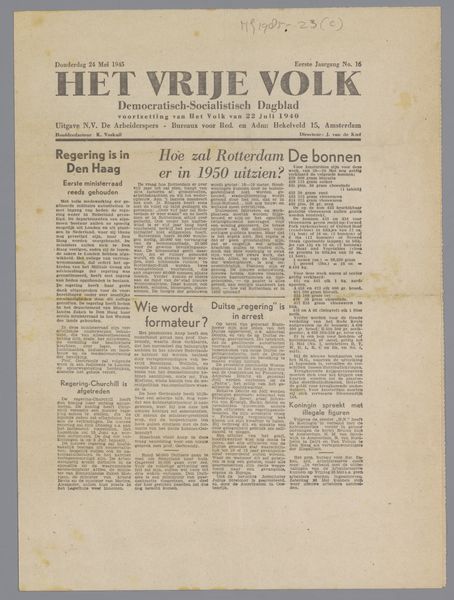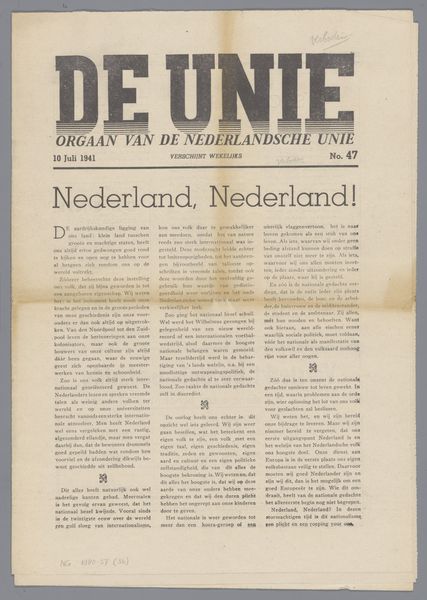
Dimensions: height 155 mm, width 230 mm
Copyright: Rijks Museum: Open Domain
Editor: This is “Flak an Niederlands Küste,” a collotype print from 1940. The anonymous artist created a compelling composition using photography and text to form a German newspaper page. It evokes a sense of stark propaganda. What narratives are at play here? Curator: It’s interesting that you picked up on the piece's propagandistic elements. The title translates to "Flak on the Dutch Coast." Considering this was produced during World War II, what sociopolitical currents do you think are shaping its message, and what strategies does it use? Editor: Well, the strong typeface and the dramatic images—a burning plane, soldiers— seem designed to instill a certain…fear or perhaps nationalistic pride. Curator: Precisely. It's leveraging what we understand today as "word imagery." The carefully chosen words work in tandem with the visuals. Do you notice any tension between the written claims, like “Only one pilot survived,” and the visual depiction? Is there room for a more nuanced story, or is it monolithic in its intention? Editor: Now that you mention it, there is something unsettling about the celebratory tone juxtaposed with the implied violence and loss. Curator: It prompts us to examine the power dynamics inherent in wartime publications, doesn’t it? Consider the impact of such readily disseminated imagery on shaping public opinion and how even the choice of typeface reinforces power. Editor: That gives me a lot to think about regarding how the newspaper manipulates truth during wartime and reinforces national identity. Curator: Exactly. This artwork, viewed through an intersectional lens, becomes a potent reminder of the manipulation of media, the construction of national identity during conflict, and how power manifests in subtle ways through everyday objects.
Comments
No comments
Be the first to comment and join the conversation on the ultimate creative platform.
